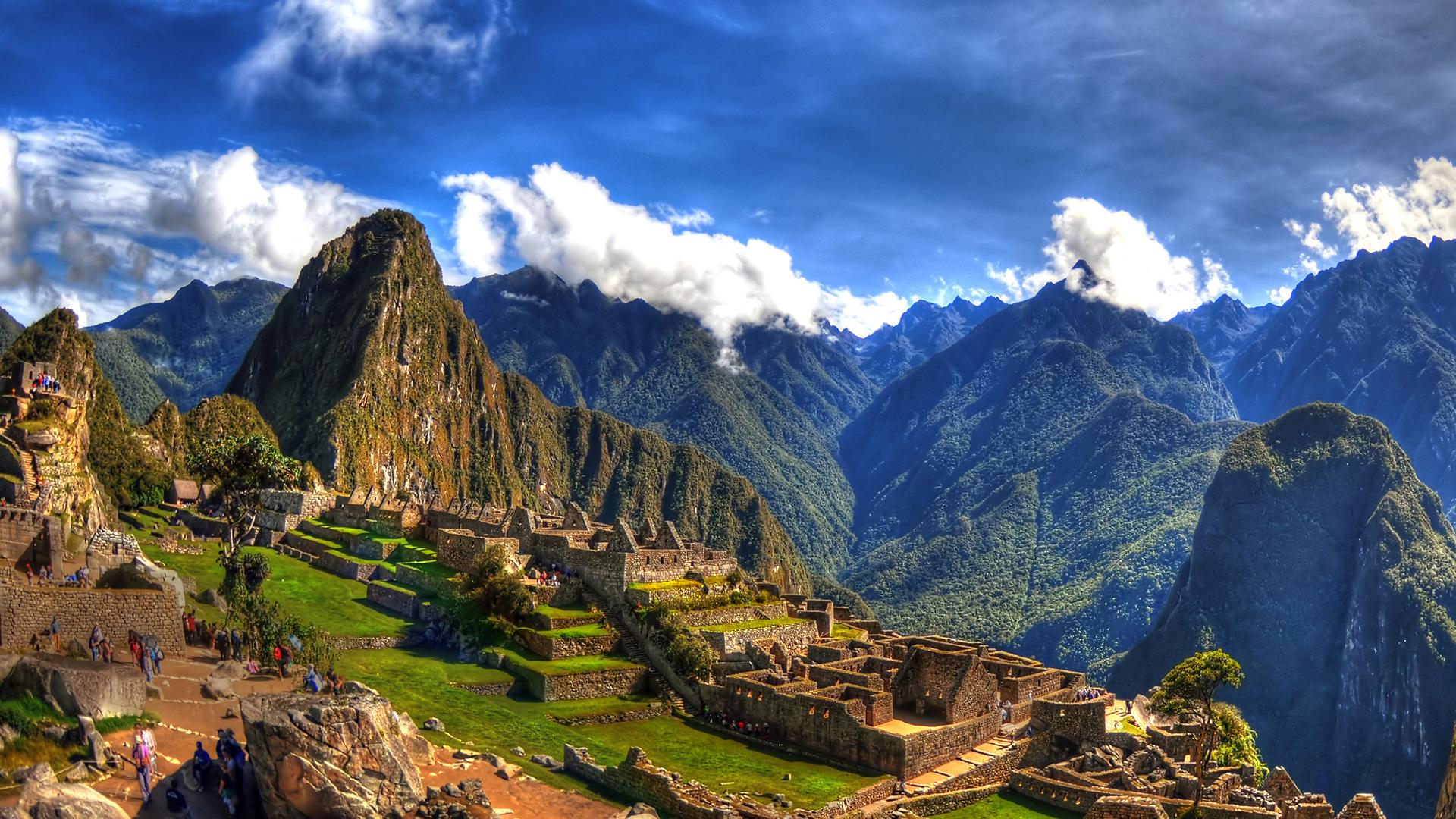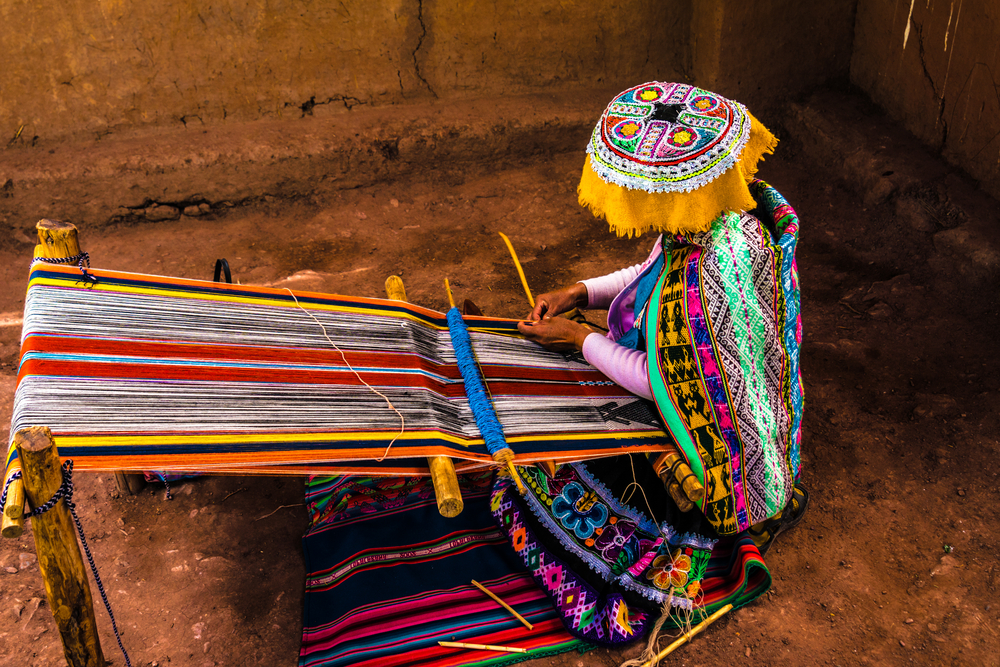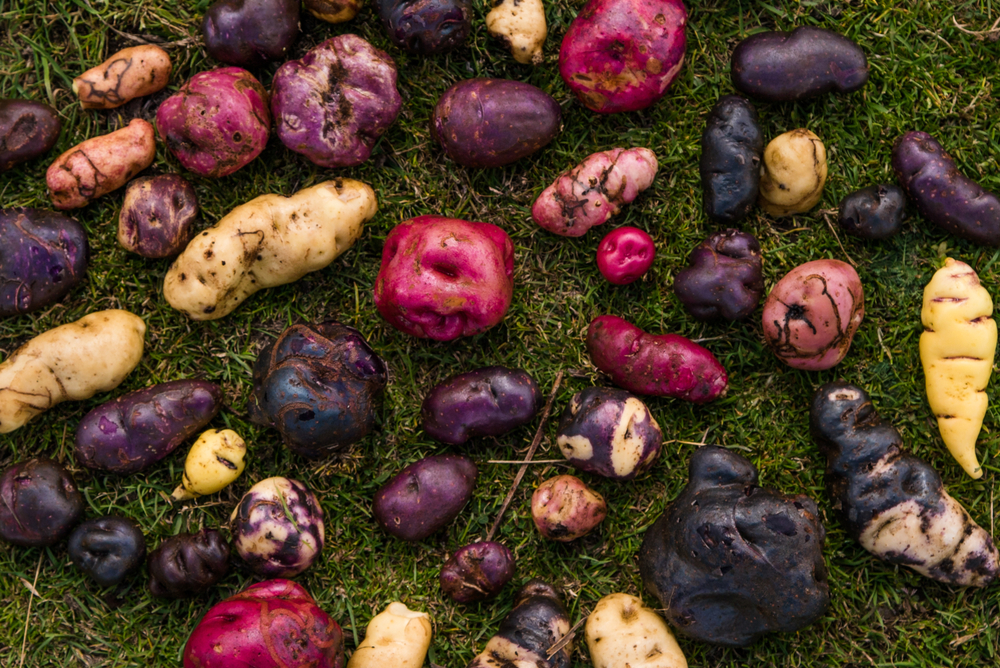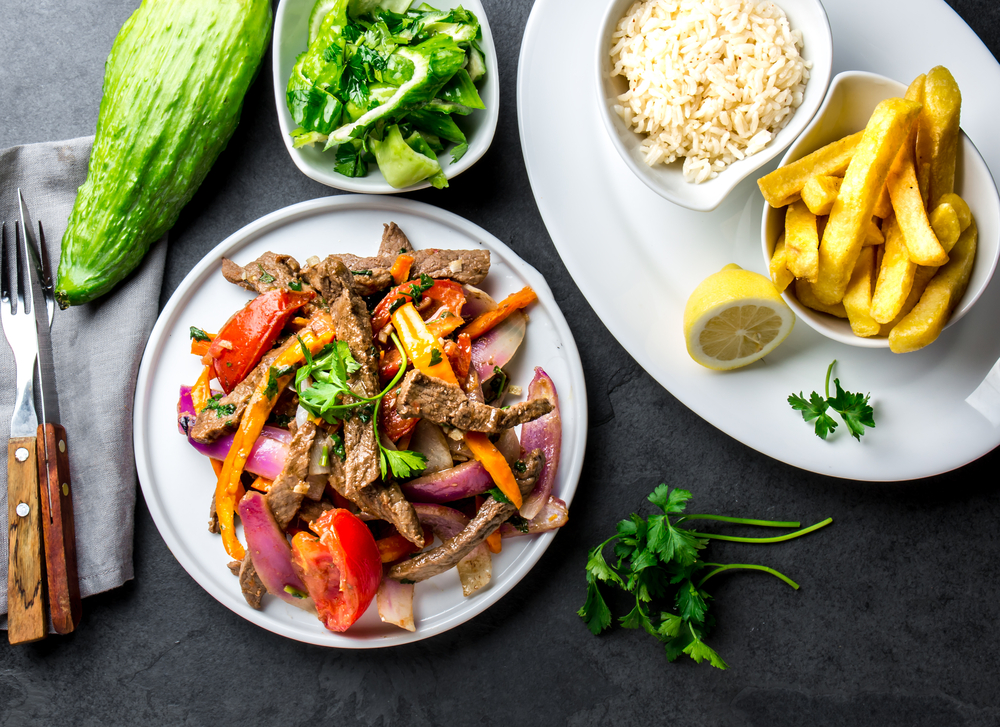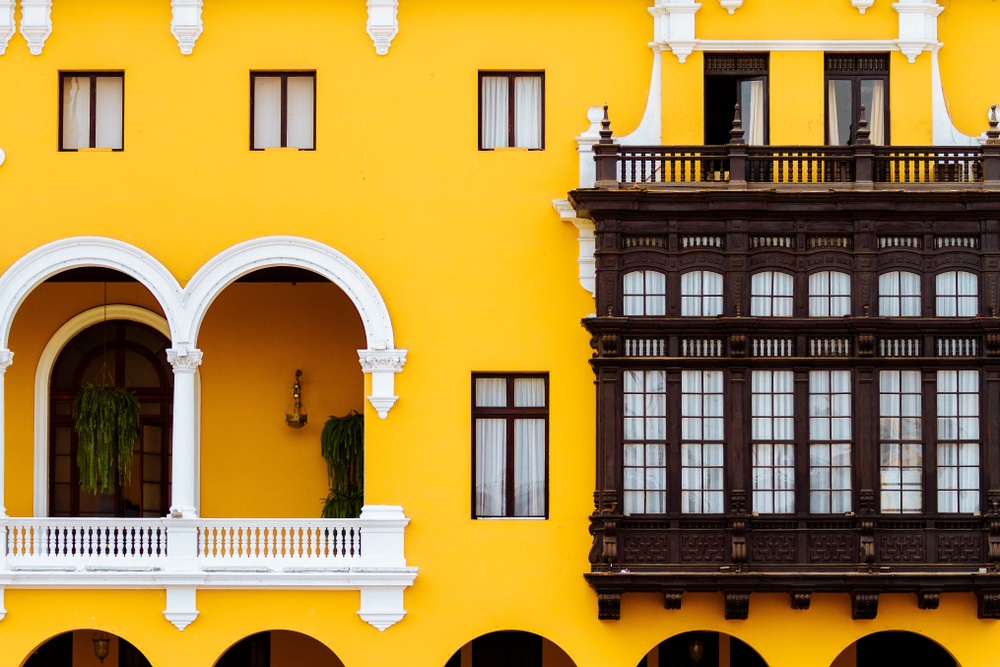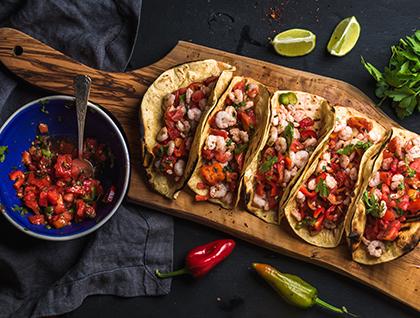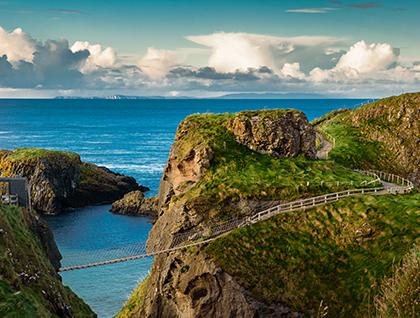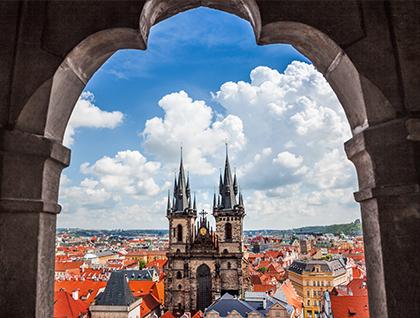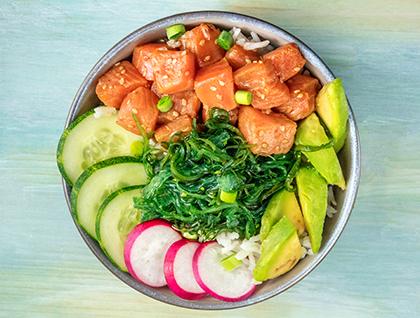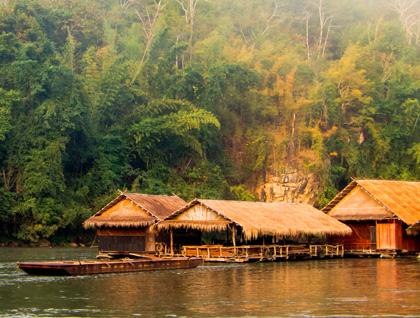Machu Picchu’s Popularity Has Sustained a Culture
LT Globetrotter
With over a million visitors a year, Machu Picchu – Peru’s world-famous 15th century Incan citadel above the clouds – is an awe-inspiring experience for a traveler from any background. So awe-inspiring, the number of visitors has actually been capped at 5,940 a day for environmental reasons (the foot pressure alone can cause damage), creating not only a monetary bond between the local communities and tourists, but also a societal one, sustaining Incan culture and pushing forward a culinary revolution that has spread far beyond the Sacred Valley’s boundaries.
Because of the demand – and limitations of visitors per day – the surrounding communities of Machu Picchu are thriving, creating a beautiful system of sustainable tourism. With only a morning and afternoon session to climb atop the UNESCO World Heritage Site, many visitors find themselves with free time down below, and tour operators like Globus and Collette have taken advantage of the incredible cultures, traditions, and agriculture of the region, not only keeping their travelers occupied, but also as mesmerized down below as they are above the clouds.
There are many ways the culture is thriving because of tourism, empowering local communities and reviving older Incan traditions with practices like weaving (from colorful socks, scarves, sweaters, to extravagant rugs), and – notably – agricultural initiatives that have given tourists reason to be wowed by the flavors of the region and for locals to continue to sustain their well-being just the way they always have. It’s a natural give-and-take with one of the world’s most fascinating historical sites as the centerpiece to it all.
The Incas were astute agriculturalists and the flavors you’ll find from the region today are remarkable. From a variety of potatoes (go to the Potato Parque when in the area) to a wide range of vegetables, the local agriculture supplies restaurants with the flavors of the Incas and reinstating classic dishes and cooking techniques throughout the culinary world, literally preserving a culture through food. Consumed for centuries, these ingredients are just as tasty today, and chefs are taking advantage of it.
One of the most well-known being Astrid y Gaston, the 39th best restaurant in the world according to the respected World’s 50 Best Restaurant’s™ list, situated in the heart of Lima. Infusing a contemporary spin on Peruvian dishes while simultaneously honoring the region’s ancestors and tradition, this renowned spot is always experimenting with local ingredients and recipes. Set in a stunning colonial mansion, the restaurant boasts flavorful tasting menus and à la carte choices with magical wine pairings and desserts – all with the soul of Peru in every bite and sip.
For full immersions into the region, consider taking an escorted tour that is designed to ensure you don’t miss a thing, including cultural and culinary stops along the way. Globus offers comprehensive experiences like their Peru Splendors Tour, which explores Lima, the Andes Mountains, Cusco – rich in Incan history, it’s the oldest continuously inhabited city in South America – and, of course, Machu Picchu, all led by an extremely knowledgeable Tour Director. For a more in-depth trip into the world of the Incas, Globus even offers the Legacy of the Incas Tour, a 12-day exploration into the past including Machu Picchu and the fascinating Nazca Lines.
Collette’s tour Peru: Ancient Land of Mysteries also takes travelers deep inside historical Peru. From astounding archeological sites, to colonial Lima, to Cusco and Machu Picchu, take it all in and meet with indigenous Uros people, while enjoying exquisite Peruvian cuisine.
For a trip that gives back in a big way, experience Machu Picchu and take part in a culture that is enriching, illuminating, and vibrant. From the sites to the flavors, Peru wants you to experience it all for yourself.

